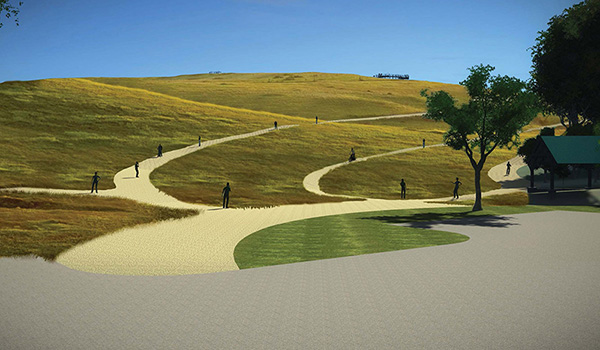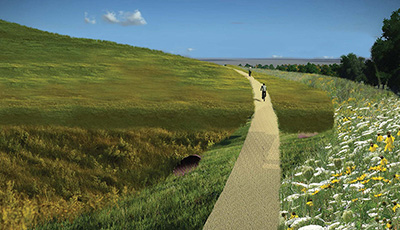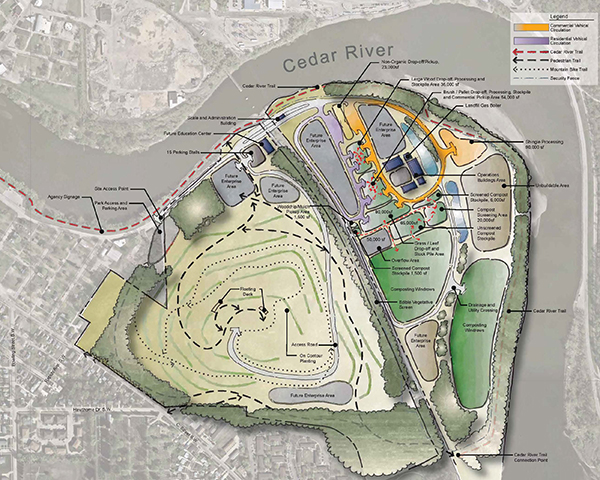Closed Landfills: Convenient, Cost-Effective Recreation Sites

More and more communities that have a closed landfill near their population center are starting to see their landfill as a potential crown jewel among their recreational spaces.
While you can’t typically plant a forest or build an arena on a landfill, the possibilities for these open spaces seem nearly limitless: Sports fields, hiking and biking trails, scenic overlooks, dog parks, wildlife habitat, bird watching, kite flying, fireworks viewing, winter tubing, and holiday events are just a few. Other productive uses include construction of solar arrays, landfill gas boilers for heat, and urban farming. In short, beneficial reuse of closed landfills enhances residents’ quality of life through green development on an otherwise low-use property, and it represents a potential untapped revenue source for community managers.
A wonderful example of landfill redevelopment is Mount Trashmore Park. Located in Virginia Beach, Virginia, it is among the most successfully repurposed landfill spaces nationally, attracting 800,000 to 1 million visitors per year to its 165 acres, which boast two playgrounds, a skate park, trails, fishing, an amphitheater, a summer festival, and a fireworks viewing area.
Keeping Things Safe
When we assist clients in determining possible feasible reuses for closed landfills, the potential development ideas always need to work around some immovable obstacles that are intrinsically part of landfills’ existing conditions:
- The clay cap that lies over the waste in a landfill must be kept intact and protected from erosion and excessive rainfall infiltration from above.
- Access to key components – including landfill gas piping/vents and groundwater monitoring wells around the landfill’s perimeter – must be restricted.
- Any improvements to the landfill must not cause erosion or other degradation on the cover, and they must be regularly inspected.
There will be more in our next blog post on Sept. 7 regarding how these factors shape what ultimately can be built on a landfill.
Gaining Community Acceptance
Landfills can suffer from a public relations problem. Are they safe? Do they smell? But upfront dialogue and on-site education help to provide a positive image of a landfill reuse site. Providing the public with information to show that the garbage is buried deep beneath a layer of soil and covered with grasses helps to reinforce the fact that protective measures are in place.

Once the public is given the chance to visualize the benefit of the site as a potential recreational facility, residents’ focus moves away from the “ugly” landfill perception, and into imagining the fun opportunities the area will support.
One of Ayres Associates’ larger landfill reuse efforts has been the Cedar Rapids Closed Landfill Master Site Plan, which will place trails and overlooks in this elevated location near the downtown area. This project is moving from master planning to the funding and construction stage. Soon enough, community residents will join deer, birds, and butterflies in enjoying the beauty that rises above the trash.
Next time: We’ll discuss the limitations closed landfills present and how clients can work around those issues to turn possibilities into reality.


Post a comment: